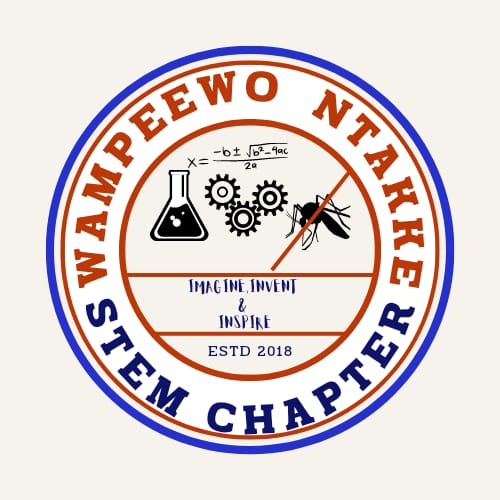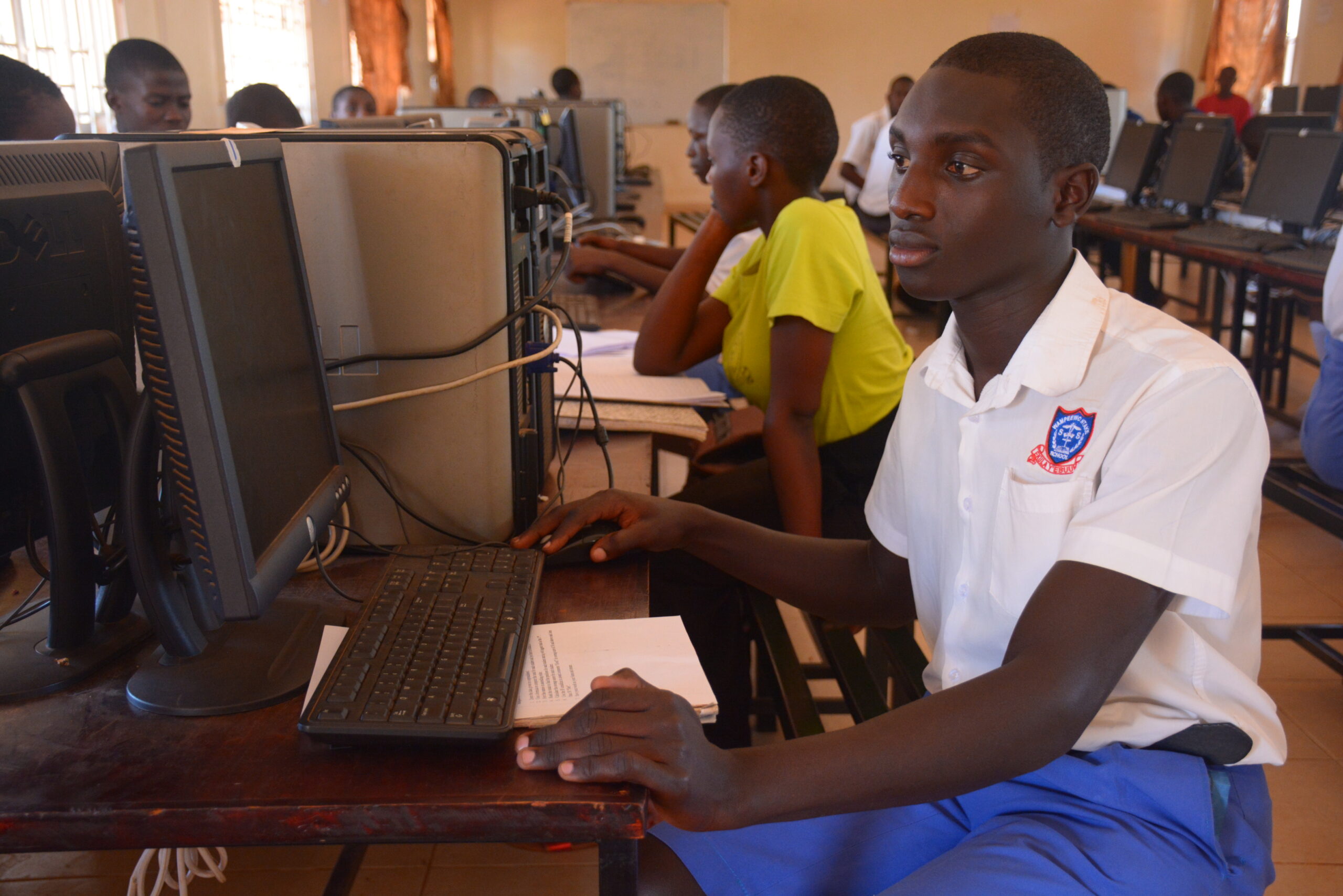Schools reopening: Only 15 students to be allowed per classroom
The ministry of Education and Sports has drawn strategies to ensure effective implementation of specific standard operating procedures (SOPs) for the phased reopening of the educational institutions.
The reopening will mainly focus on finalists and candidate classes. The academic year was prematurely cut short on March 18, 2020, as a precautionary measure to control the spread of the coronavirus (COVID-19). Over 15 million learners enrolled in schools at different education levels have been at home since the closedown.
Now, as everybody awaits the president’s pronouncement on the fate of the 2020 academic year, it is already clear that having all learners back to school this year might be untenable thus focusing on how candidates can return to school. To this effect, the ministry working with the education COVID-19 taskforce has come up with several measures that must be followed in case schools are reopened.
The strategy, still under draft, proposes that the National Curriculum Development Centre (NCDC) reviews the curriculum requirements to ease the burden of full coverage by identifying the essential skills and knowledge that must be achieved in each subject at different levels.
“NCDC shall also review accelerated learning programmes, some of which have been in use in emergencies in the country for example in refuge schools and advise school accordingly,” the strategy proposal reads in part.
In the same development, there will be major reviews of the daily school routines to provide for shorter and core curriculum school days with classes scheduled between 8:00 am and 1:30 pm. However, a school with huge candidate classes which cannot be accommodated in available space will have options of teaching either in shifts or an alternate day attendance schedule.
“Where applicable, the morning shift shall end at 12: 30 pm and the afternoon start at 2:00 pm…An alternate day attendance schedule where different streams attend on alternate days as deemed appropriate in a bid to ensure that numbers are manageable,” the document states barring co-curricular activities with a break taken under the close supervision of a teacher.
Furthermore, all schools that reopen for only candidates shall operate as day or boarding but not both. However, the document remains silent on other key issues including transportation of learners to and from school and the earlier suggested possibility of conducting COVID-19 test on learners and staff.
But, the said measures are implemented in addition to already develop SOPs which include; availability of WASH facilities, the two-meter distance between learners, at least 10 to 15 students can be accommodated in a standard classroom for primary and secondary and tertiary institutions and ensuring good ventilation.
Others are; regular disinfection, restricted community access, supervising break periods, and scatter releasing students for breaks, lunch, and going home to limit interaction.
Dr Kedrace Turyagyenda, the director of education standards, ministry of Education notes that as they wait for the pronouncement on whether the schools should be reopening or not, the inspection officers have already embarked at the dissemination of the SOPs and observing needs of several schools regarding the set measures.
The inspection team, Dr Turyagyenda adds, they are also advising schools on how they will plan for the teaching of the candidates and timetable drafting among other aspects. She says the SOPs will not change and it is up to the schools to fit in.
“For now we’re using the partial opening because all along up to this point the thinking is that if we’re to open, for now, it will be partial opening to start with and so we’re using the candidate parameter. We’re saying if candidates are to come, do you have enough teachers spread through and still teach that same class? That is what they are thinking through, how will the timetable,” said Dr Turyagyenda.
She notes that preliminary results from several districts indicate that reopening for candidates might be possible, however, she notes that there are challenges in both public and private schools including but not limited to lack of basic sanitation facilities and space to cater for the would-be streamed learners.
“Because all these things are really in our basic requirements. Of course, many schools don’t keep them and that has now been the challenge. If they were meeting the basic requirements even before, we would have a more easier system to run in the crisis. So if schools were meeting the basic requirements it would be much easier now for them in terms of sanitization, in terms of infrastructure.” she added.
There are concerns pointing to the absence of finance to help schools put in place minimum requirements. However, the government has already received a grant of up to Shs 55.8 billion from the Global Partnership with Education under which they will avail allocation to all government and government-aided schools.
Meanwhile, the ministry is also preparing to roll out the second phase of the homeschooling programme with the national curriculum development centre currently develop reading materials for the entire academic which will be given out to all learners across the country.
The said programme will be supported by broadcasted radio and TV lessons. Currently, the government has embarked on the procurement process of at least 9 million radio sets to be given to every household and 137,466 solar-powered television sets to villages across the country.
According to the timelines, distribution is expected before mid-September. Several countries like Kenya have since called for a dead academic year while others like Rwanda are still studying the situation to take decisions on whether learners will return to school this year or not.

